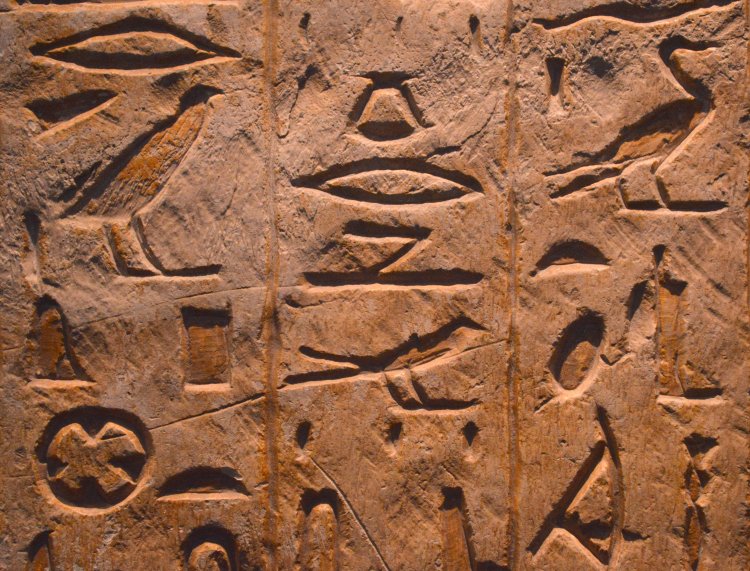Poe’s Cryptographic Imagination – Part I
Murray Ellison | February 1, 2018
Excerpts from Murray’s VCU Master of Arts Thesis on Poe and Science © 2015.
Poe continued to demonstrate an interest in unlocking mysteries and secrets in several of the essays and newspaper columns he wrote on secret codes and cryptography. These popular weekly columns offered puzzles, in which readers were invited to propose solutions and suggest additional ones for use in subsequent editions. He then provided the solutions to the ciphers in subsequent issues. Once Poe introduced the topic, readers sent in hundreds of other ciphers. His columns on secret writing became a very popular component of Graham’s Magazine. According to Shawn Rosenheim’s The Cryptographic Imagination, Poe’s four articles in Graham’s on secret writing are among the first published texts on the subject of cryptography. Rosenheim, a scholarly authority on secret codes in science and literature, notes that Cryptology “is composed of two parts: cryptography, the art of making codes, and cryptanalysis, the art of breaking them down” (254).
Poe’s “A Few Words on Secret Writing” first appeared in the July 1841 issue of Graham’s Magazine. As Poe writes, “We can scarcely imagine a time when there did not exist a necessity of transmitting information from one individual to another, in such a manner as to elude general comprehension.” Therefore, “we may well suppose the practice of writing in cipher to be of great antiquity” (Complete Works XIV 114). Poe’s accounts range from how the ancients used hieroglyphics to how the early Greeks used scytala, or wooden blocks, to carry secret messages between officers and messengers. He notes that the modern uses of secret communications started with the invention of letters and printed communications. “Few persons can be made to believe that it is not quite easy to invent a method of secret writing which shall baffle the investigation.” However, he acknowledges that people have different skill levels in solving secret codes. “It will be found that, while one cannot unriddle the commonest cipher, the other will scarcely be puzzled by the most abstruse” (116).
Demonstrating how secret codes may be formed and solved, Poe begins with simple substitution codes, where letters, numbers, and symbols stand for others. For example, he writes that in a systematic substitution code, “z” may stand for an “a,” and “x” for a “b.” In a random code, “a” may stand for “p,” and “b” for other variable letters. Harder to decipher codes, he suggests, may be constructed by using symbols for letters. He notes that there have been many attempts to construct such advanced codes, such as those that have perpetually shifting solutions. Many of them, he says “have about them an air of inscrutable secrecy. It appears almost an impossibility to unriddle what has been put together by so complex a method” (118). Poe’s suggestion that some ciphers have “an air of inscrutable secrecy” appears to be setting readers up for his explaining why he has been unable to perform a workable cryptanalysis on two inscrutable puzzles, which were apparently sent in by a reader named , “Tyler.”
In next month’s column, I will discuss Poe’s explanations on why he couldn’t solve these two puzzles, speculation about whether those puzzles might have been submitted by Poe, and how it took until the year of 2000, prize money by a famous research university, and a modern computer programmer named Gil Bronza to unravel “Tyler’s” almost inscrutable ciphers.
Selected Sources
Poe, Edgar Allan. The Complete Works of Edgar Allan Poe Volume XIV: Essays and Miscellaneous. Ed. Harrison, James A. New York: T. Crowell, 1902.
Rosenheim, Shawn. The Cryptographic Imagination: Secret Writing from Edgar Allan Poe to the Internet. Baltimore: Johns Hopkins Press, 1997.


